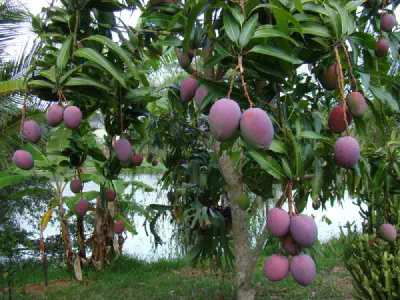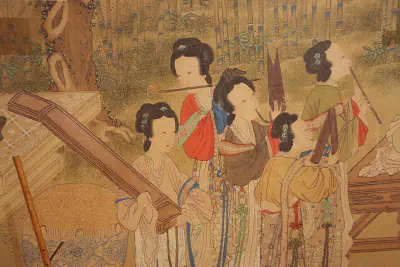Last night, I was at the Wansha Performing Arts Centre, for the dress rehearsal for the 2024 Wansha Creative Dance Platform (𝟐𝟎𝟐𝟒涴莎舞蹈創作平台), where a group of talented recent graduates in dance was performing an incredibly rich and diverse series of short pieces. There was everything from a dance exploration of the gendered nature of Chinese characters (think of 安 ān, the character for “safe”, “peaceful” or “secure”, made up of the components for “woman” 女 and “roof” 宀), to pieces that moved seamlessly between the disturbing and the achingly beautiful, to an energetic finale involving toasters, picnic blankets, suburban romance, and an undercurrent of unsettling violence.
I’d been invited along as Wansha’s philosopher-in-residence, to watch the dress rehearsal, to chat to the dancers and the crew afterwards, and to explore some more philosophical questions that might help feed into the final performances.
I am not, I should say, a dancer. And I’m not as familiar as I could be with the rich philosophical traditions of reflection on dance. But dance is an art-form that intrigues me. And as I was watching, there were three things that stood out for me.
The first was the tension between the idea of dance as shared ritual — whether involving just the performers, or the performers and the audience as well — and the idea of dance as individual expression.
The second thing that struck me was the use of silence: so many of the pieces had moments of silence, where in the audience, we suddenly became aware of nothing other than the movement of the human body or bodies on the stage, the only sound that of footsteps and the dancers’ breath. So often, these moments felt like points of heightened tension, bringing with them an intensity of focus. As with all art forms (I know that many of my friends who write short stories will agree on this), often the artfulness lies in the silences, the gaps, the pauses, the hesitations, the spaces in-between.
The third thing I found myself thinking about was Sarah Mattice’s work on metaphor and metaphilosophy, where she talks about philosophy as play, combat, and aesthetic experience (you can read the short piece I wrote about this here). As I watched the performances, I found myself thinking about dance too as combat, play and aesthetic experience. And this seemed a useful way of thinking about the structure of the dance pieces, as the performers moved between these three modes, often multiple times in a single piece. This also made me wonder: perhaps there’s a value in thinking about philosophy as a more fluid movement between different modes and different metaphors: a supple, restless philosophy that moves from play to combat, from combat to aesthetic experience (and, of course, other metaphors are possible as well). This final thought is one that intrigues me. Before attending this event, I thought — or hoped — that maybe philosophy might have something interesting to say about dance. But now I wonder if the reverse is the case as well: perhaps dance, in the capacity it has to move between different modes, may have something interesting to say about the practice of philosophy.
There’s more to think about here. But as a writer of books, there’s something about theatres and performance spaces that I particularly love: the sense of collective creative endeavour, the sheer embodiment of creativity in these spaces. So this evening spent thinking about dance and philosophy felt like a real privilege, and it was a pleasure to spend time with these talented performers, chatting about these ideas and their performances after the rehearsal.
I’m heading to the final performance itself on the coming Sunday afternoon. All six pieces feel as if they will repay repeated viewing, so I’m very much looking forward to seeing them again.



